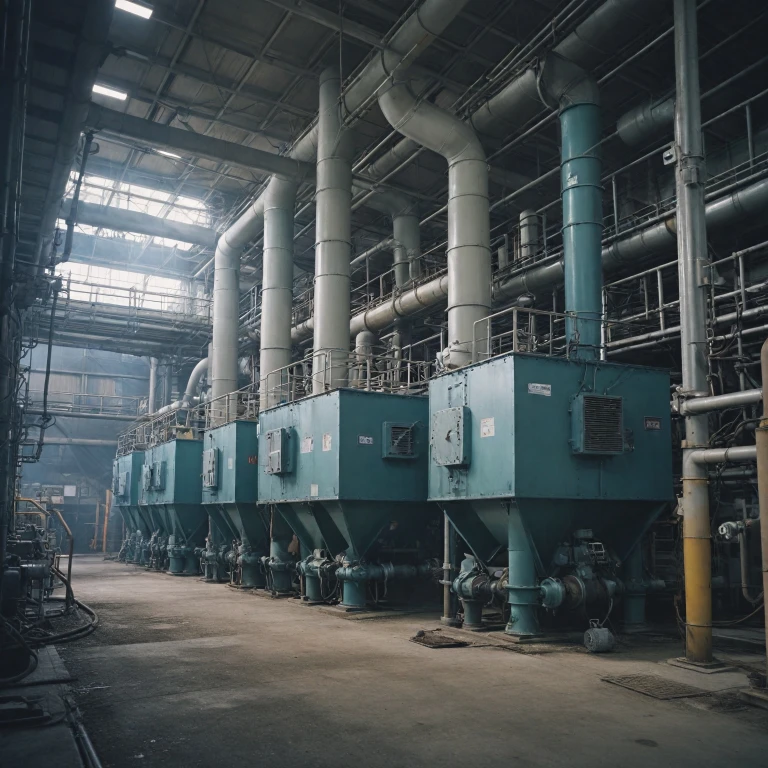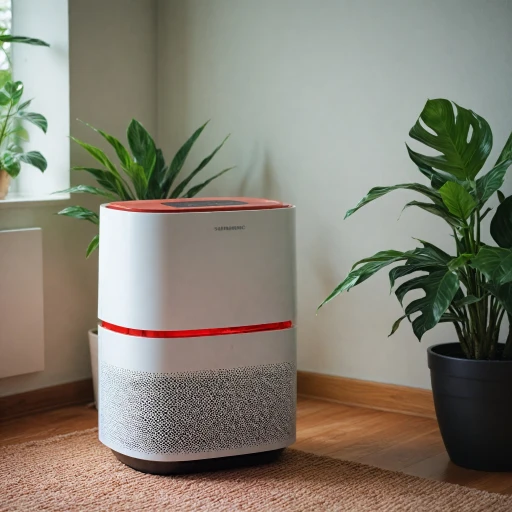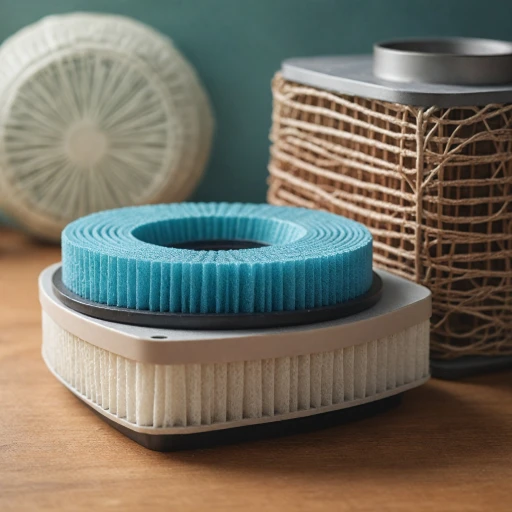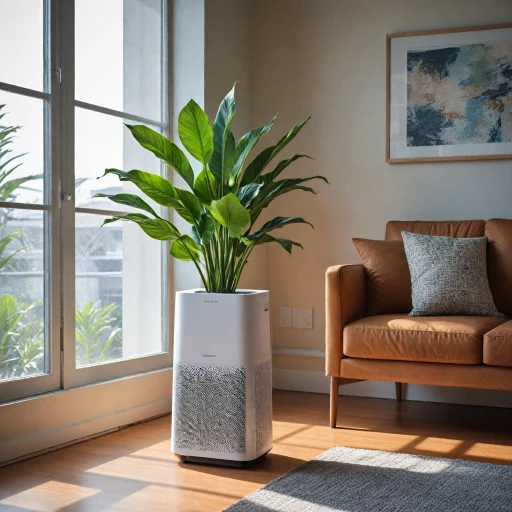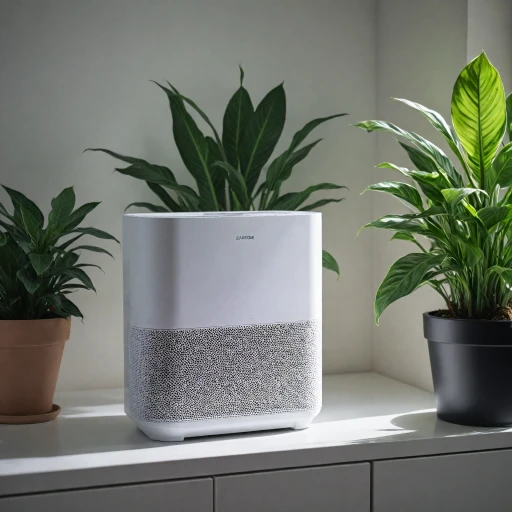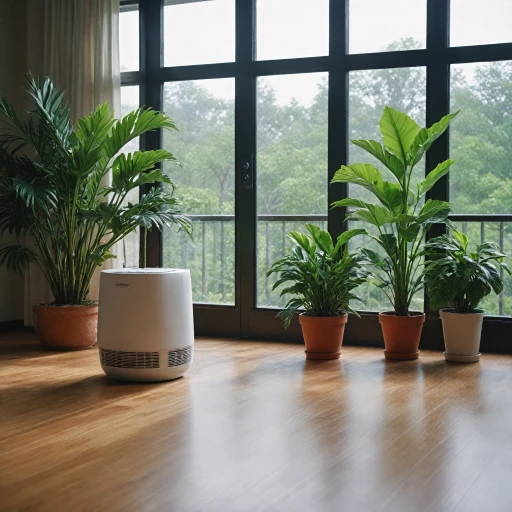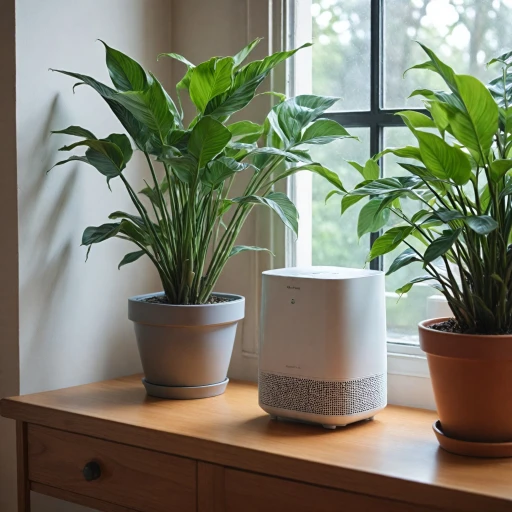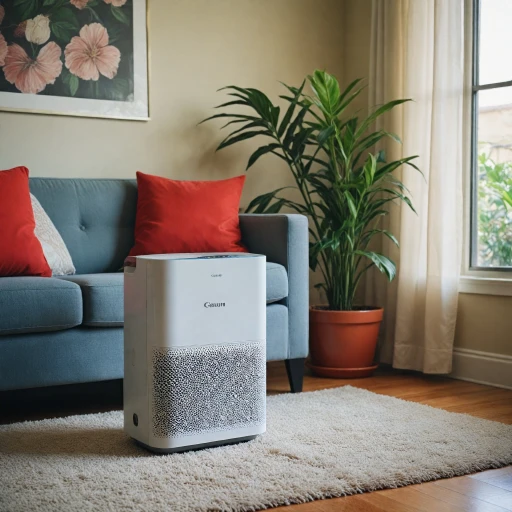
What is an Industrial Air Scrubber?
Introduction to Industrial Air Scrubbers
Industrial air scrubbers play a pivotal role in maintaining air quality within commercial and industrial settings. These units are essential for their ability to reduce airborne pollutants and enhance overall air purity. They work by leveraging effective filtration systems designed to handle large volumes of air, often measured in CFM (cubic feet per minute).
Unlike typical air purifiers used in homes, industrial air scrubbers are built to manage more significant challenges, such as dust and airborne particles found in manufacturing environments. The design and operation of an air scrubber consist of several key components including a HEPA filter, pre-filters, and often a carbon filter for capturing various pollutants. These components ensure that the air is thoroughly cleansed in multiple stages of filtration.
The functionality of these systems relies heavily on their filtration prowess, often integrating a multi-layered approach to trap and remove contaminants from the air. Furthermore, their engineering allows for consistent airflow and speed control, making them capable of adapting to different operational environments. With features like stage filtration, they deliver robust air quality solutions that meet stringent industrial standards.
When choosing a system such as the Alorair or other commercial-grade options, understanding the regular price and features, like free shipping offerings, becomes crucial. Potential buyers should also consider how a unit's capability compares with their specific project needs. For example, the efficacy of the air scrubber and its filtration system is often gauged by the unit’s CFM capacity and its ability to purify the air continuously throughout extended operations.
Industrial air scrubbers stand as a testament to innovation in air quality management, providing essential solutions for environments where cleanliness and safety are paramount. For more information on how air scrubbers enhance indoor air quality within wider systems, explore the concept of a comprehensive home air purification system.
How Industrial Air Scrubbers Work
Mechanisms Behind Air Purification in Industrial Settings
Industrial air scrubbers, essential for maintaining air quality, effectively remove pollutants through a series of filtration stages. The process begins as the air enters the scrubber unit; it rapidly channels through a system designed to handle high CFM (cubic feet per minute) levels.
The initial phase often involves a pre filter. This stage captures larger particles and dust, reducing the burden on subsequent filtration stages and prolonging the lifespan of finer filters, such as the HEPA filter. Commercial air scrubbers frequently use multi-stage filtration systems to enhance efficiency.
Next, the HEPA filter plays a crucial role, trapping smaller particles with remarkable precision. Industrial air units rely on HEPA air filters for their superior ability to capture 99.97% of particles down to 0.3 microns in size, contributing significantly to improved air flow and quality.
Alongside HEPA, carbon filters are often integrated into the system. These filters are excellent at removing odors and volatile organic compounds (VOCs), enhancing the overall efficacy of the air scrubber. Utilizing a commercial air filtration system with carbon filtration helps in managing specific environmental pollutants effectively.
For optimal performance, industrial scrubbers may also include adjustable airflow features like speed control, offering flexibility to adapt to varying air quality demands and ensuring consistent purification.
AlorAir and other manufacturers provide industrial air scrubbers tailored for different environments, with options available for free shipping and competitive prices. To learn more about combining air purification technologies to enhance indoor air quality, explore the possibilities of integrating air purification with humidification.
By comprehending these mechanisms, businesses can invest in and operate filtration systems that not only ensure regulatory compliance but also create healthier work environments.
Applications of Industrial Air Scrubbers
Industries Relying on Air Scrubber Systems
Industrial air scrubbers have versatile applications across numerous sectors. These systems are an integral part of many industries aiming to improve air quality and ensure safety standards. Here’s a look into where they play a crucial role:- Manufacturing Facilities: Dust and fumes can be significant by-products here. Air scrubbers help in removing particulate matter and gases generated during production processes. HEPA filters in these units effectively capture fine particles, ensuring cleaner airflow within the facility.
- Construction Sites: These locations generate substantial amounts of dust and debris. Portable air scrubbers are employed to mitigate the impact of construction dust, contributing to safer work environments.
- Healthcare Settings: In clinics and hospitals, maintaining high air quality is paramount. Industrial air scrubbers use multi-stage filtration to eliminate contaminants, including pathogens, ensuring a sterile environment.
- Food Processing Plants: Odors and air contaminants can adversely affect food quality. Air scrubbers with activated carbon filters efficiently adsorb odors and harmful chemicals, ensuring a cleaner workspace.
- Commercial Kitchens: Equipped with both HEPA and carbon filters, air purifiers help in managing smoke, grease, and other airborne contaminants, enhancing air quality and reducing fire hazards.
- Warehouses and Distribution Centers: Dust accumulation can lead to product contamination and machinery wear and tear. Air scrubbers maintain low dust levels, preserving both products and equipment.
Benefits of Using Industrial Air Scrubbers
Advantageous Attributes of Industrial Air Scrubbers
Industrial air scrubbers are essential to maintaining a clean and safe work environment, thanks to their advanced filtration systems that target various airborne pollutants. Their multi-stage filtration capabilities, including HEPA and pre-filters, are vital to this process, ensuring the effective removal of dust, particles, and harmful contaminants from the air.- Improved Air Quality: By utilizing a combination of HEPA and carbon filters, industrial air scrubbers significantly enhance air quality by capturing particulate matter and neutralizing odors. This benefit extends to commercial spaces, improving environmental conditions for workers and customers alike.
- Versatile Applications: These systems are adaptable to various environments due to their robust design and variable speed control, allowing them to handle different airflow (CFM) and filtration demands efficiently.
- Health and Safety: In environments prone to hazardous air contaminants, such as construction sites and manufacturing facilities, using air scrubbers can reduce respiratory issues and promote a healthier workspace.
- Economic Advantages: While the initial price of these units might seem steep, they lead to significant savings in the long run by minimizing health-related costs and extending the lifespan of HVAC systems through improved air filtration.
- Compliance with Regulations: Industrial air scrubbers aid businesses in meeting regulatory standards for air quality, which is essential for avoiding fines and maintaining operational licenses.
Challenges in Implementing Industrial Air Scrubbers
Overcoming Hurdles in Industrial Air Scrubbing Adoption
Implementing industrial air scrubbers presents several challenges that facilities must navigate to enhance air quality effectively. Understanding these hurdles beforehand can aid in optimizing the performance of air filtration systems.- Initial Cost and Financial Constraints: Acquiring industrial air scrubbers can be a significant investment. Units such as hepa air filtration systems often come with a regular price that might strain limited budgets. For many industrial operations, the cost includes not only the unit price but also additional expenses like free shipping or installation.
- Space and Integration: Some facilities may face spatial limitations. Industrial air scrubbers, including multi-stage filtration units, require adequate space for installation. Integrating such systems may require reconfiguration of existing infrastructure to ensure optimal airflow and efficiency.
- Maintenance and Operational Demands: Air scrubbers need regular maintenance to function at peak performance. This includes frequent replacement of pre filters, hepa filters, and carbon filters. Inadequate maintenance can lead to reduced effectiveness and potentially impact the unit's lifespan.
- Technical Complexity: Operating and maintaining advanced filtration systems requires technical knowledge. Staff must be trained in speed control adjustments and monitoring airflow (measured in cfm) changes. Mismanagement can compromise the effectiveness of the air scrubber, highlighting the need for specialized training.
- Regulatory Compliance: Industrial operations must adhere to environmental regulations governing air quality. Ensuring the air scrubbers meet these standards can be challenging, particularly when standards evolve with advancements in air purification technology.
